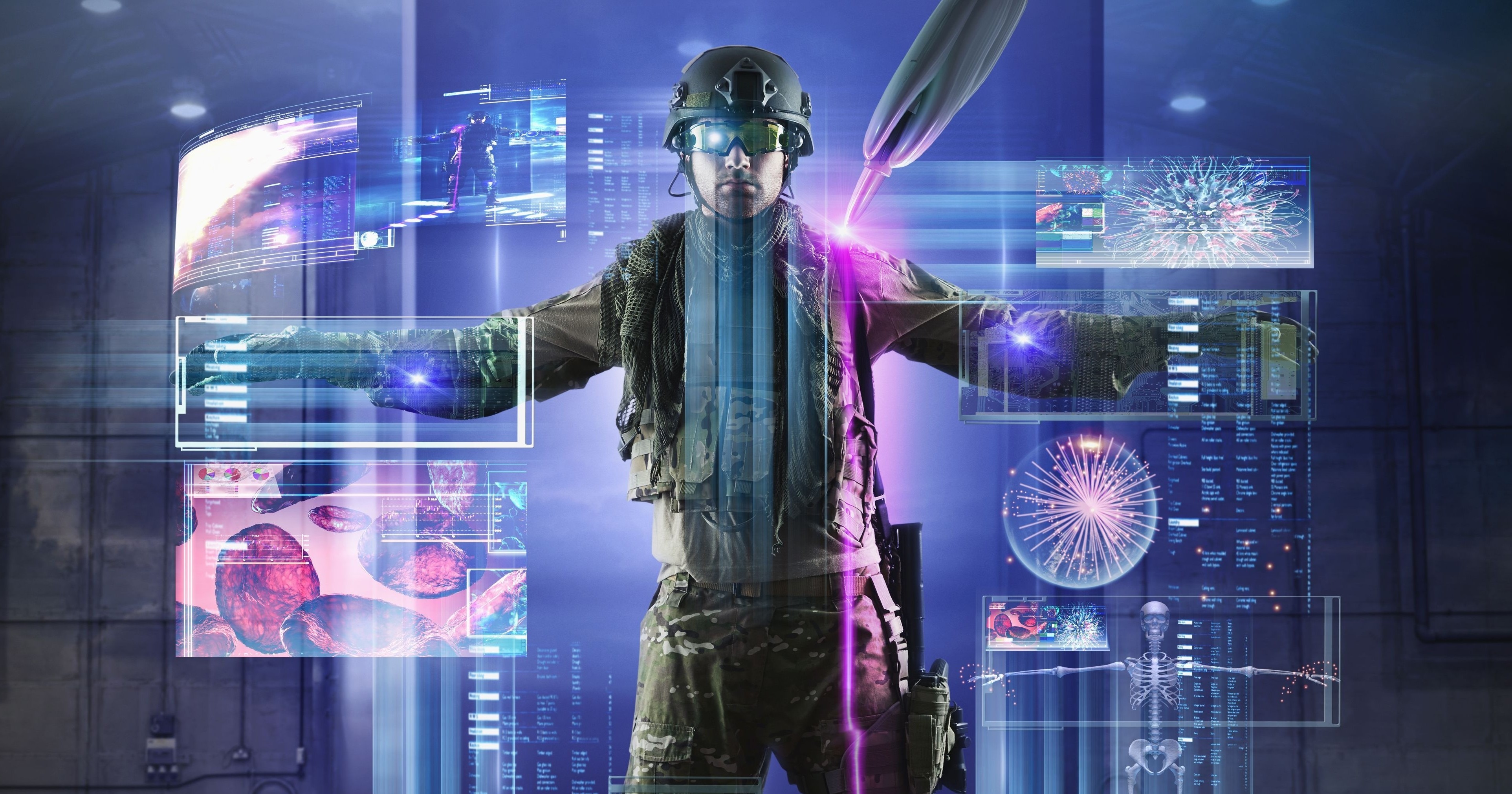Kingston University and St George’s Hospital launched the UK’s first university-based paramedic virtual training centre in November last year.
This complex clinical simulation centre brings to life the pressurised situations faced by paramedics, through virtual reality.
Featuring two life-sized, fully-fitted rear sections of an ambulance and an innovative immersion room, students are able to get first hand experience of the vital role they will have during their careers, supporting patients across Greater London and neighbouring regions.
But how else can virtual reality revolutionise healthcare? Kingston Courier takes a look.
Pain Management
In 1996, Hunter Hoffman and David Patterson co-originated a new technique for the management of pain.
Working together at the University of Washington, the pair developed an immersive virtual world called SnowWorld, designed to reduce symptoms of pain.
The program was aimed at overwhelming the senses and pain pathways in the brain by, in essence, distracting the patient in a virtual world – you could even have had snowball fights with penguins.
In 2011, a study using SnowWorld on soldiers with burn injuries from improvised explosive device blasts showed that the virtual environment was actually more effective at relieving pain than morphine.
Phobias
Virtual reality can throw you into unexpected environments where anything can happen.
For patients with serious phobias, specific scenarios can be created so that patients can face their fears under a private and safely controlled environment.
For example, a mugging victim could have their ordeal reconstructed using virtual reality to show them what they could have done differently if the same thing were to happen again.
PTSD
In 2014 the Ministry of Defence reported that cases of Post-Traumatic Stress Disorder (PTSD) had grown by a fifth.
The disorder, characterised by flashbacks, nightmares and feelings of intense distress, is usually brought on by witnessing a traumatic event.
Soldiers returning from war frequently suffer from it but virtual reality programmes are now able to relieve symptoms.
As PTSD is usually caused by a specific event, the exact scenario can be recreated to help patients face their fears and see what – if anything – they could have done differently.
This helps them learn how to deal with instances that might otherwise act as a trigger to other destructive behaviour.
Loss of limbs
For patients who have suffered the loss of a limb, virtual reality can create environments to relieve phantom limb pain.
For example, many patients who lose an arm often feel that their fist is still clenched but they can’t release it. Virtual reality can now provide this release.
In a study published by Neuroscience last year, virtual reality games were found to alleviate other forms of phantom pain by using sensors that pick up on nerve inputs in the brain.
The game used virtual limbs to restore the feeling in a patient’s lost limb and to help them complete tasks.





